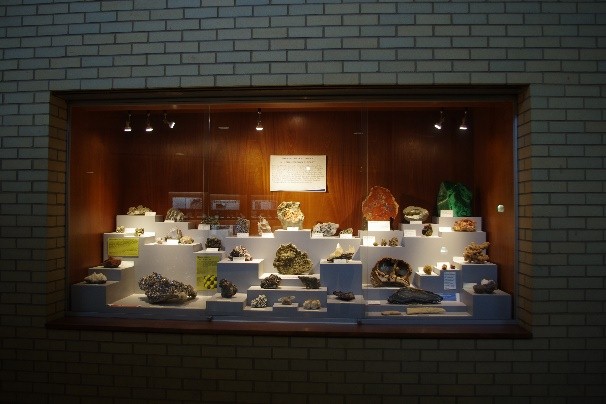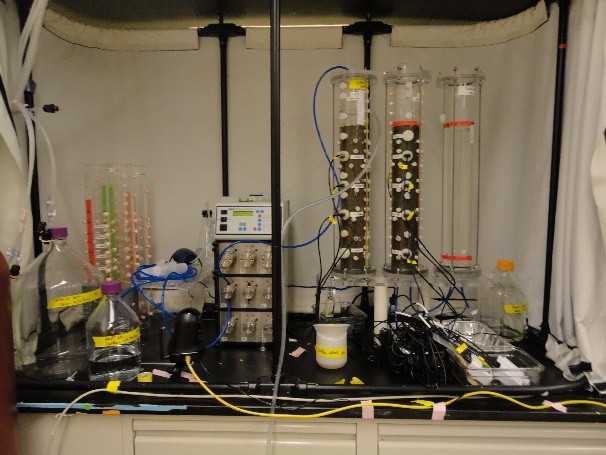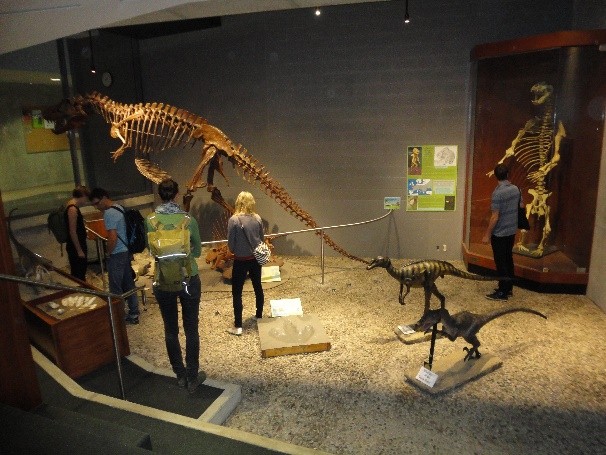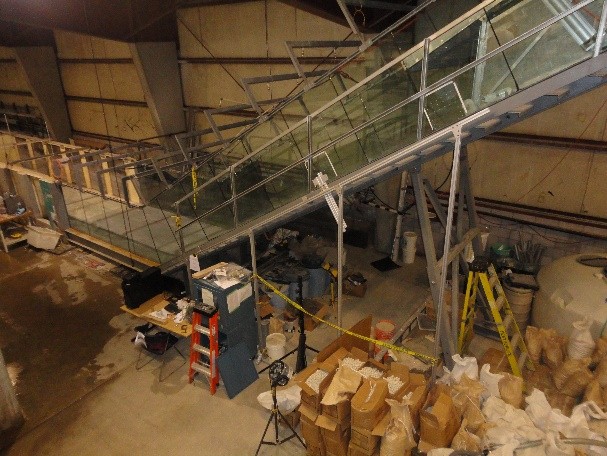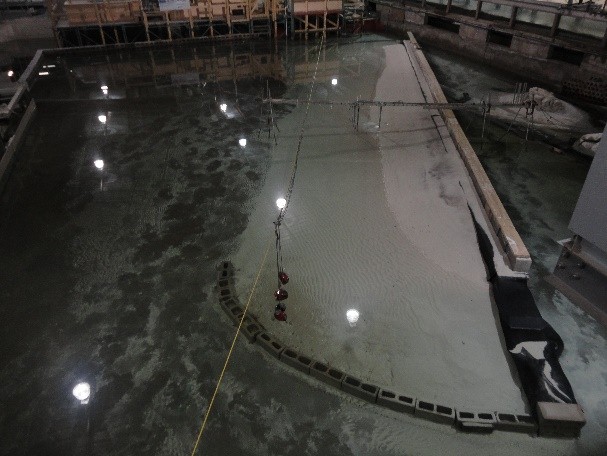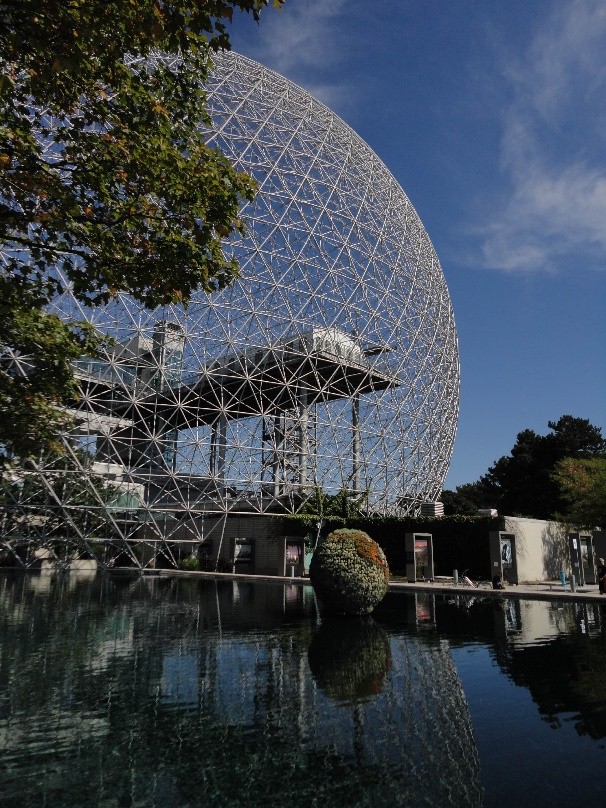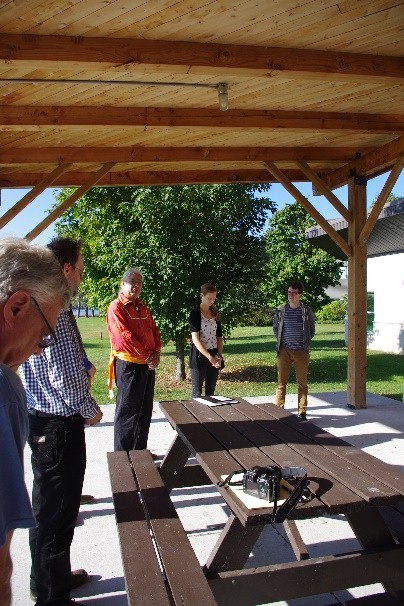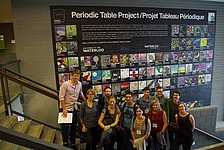Delegation on water research to Canada (17.09.-22.09.2017)
by Alexandra Schappert
Water research in the federal state of Baden-Württemberg benefits from the fact that no other region in Germany offers such a wide range ofeducational establishments, non-university research institutions, universities and transfer centers. In this way, Baden-Württemberg is one of Germany’s top research locations and water research is pursued by a wide variety of working groups at both universities and at research institutions. Hence, the scope of the Water Research Network is to enhance collaboration across disciplines and locations in order to meet future challenges. The Water Research Network Baden-Württemberg was founded on the initiative of the Ministry of Science, Research and the Arts of the state of Baden-Württemberg.
The Water Research Network Baden-Württemberg regularly organizes conferences and workshops to provide a platform for dialogues on water research. The intensive exchange between researchers and stakeholders is aimed to develop future research approaches in order to extrapolate long term perspectives and future-oriented research areas. It seeks to not only focus on regional aspects, but to sparka diverse and international dialogue, to support research on global issues in water research, and to establish scientific collaborations with other countries and regions.
From the 17-22th September 2017 a delegation on water research from Baden-Württemberg was visiting Toronto, Waterloo, Burlington, Kingston, Cornwall, Montreál (Canada). The eleven scientists, who were traveling together, are focusing on a board field of water research as chemist, hydrologist or physicist. I (Alexandra Schappert) from the “Water-People-Agriculture” research training group was representing the agricultural research field and was introducing the Anton & Petra Ehrmann-Stiftung. The main aim of the delegation was to exchange ideas and to support collaborations within the group and with Canadian scientists.
Day 1 & 2: University of Waterloo (www.uwaterloo.ca)
The University of Waterloo has earned its reputation as a world-leading research institution in a wide-range of fields and disciplines, at all levels of study. Built to answer the challenges of a rapidly advancing society, Waterloo is a place where ideas are innovated, tested and proven. Waterloo researchers are finding ways to protect and create cleaner, healthier water and water systems. More than 125 faculties and 400 students are part of the Water Institute, one of the top 10 water research institutes in the world.
We visited the small museum, where there have a small evolution exhibition and a huge collection of minerals.
Together with researchers from the Water Institute we did a joint Ontario Baden-Württemberg Water workshop addressing several import questions concerning, “where is more water related research necessary?”. During a walk through their laboratories they were showing us for example soil columns where the test the behavior of nutrients in different soils under different climate conditions.
Day 3: Queens University (www.queensu.ca) and Beaty Water Research Centre (www.waterresearchcentre.ca)
Water-related issues are a driving force for economic growth, social well-being and a healthy population in Canada and around the world. This critical interest is reflected in the diversity of water-related research and education initiatives at Queen’s University, Royal Military College of Canada and its partner organizations. The Water Research Centre is an inter-disciplinary Research Centre dedicated to furthering these interests and is committed to fostering an environment that encourages collaborative research spanning both traditional water-related disciplines, as well as non-traditional and emerging disciplines.
Coastal Engineering Laboratory (www.engineering.queensu.ca)
Built in the late 1960s, the 1750m2 Queen's Coastal Engineering Laboratory (QCEL), operated by the Department of Civil Engineering, is the largest hydraulics laboratory in Canada. Located at the West Campus, it houses three 45m long wave flumes, a large wave basin, three river simulator flumes, a rotating fluids table, 20m3 landslide flume (see picture) and two other water channels. In mid-2014, the QCEL became home to the new Queen's River and Estuarine Morphodynamics Research Facility (Q-RIVEST).
The QCEL is a state-of-the-art facility for fundamental and applied research as well as teaching in a broad range of water areas, and especially in the fields of River Engineering, Lake Dynamics, Coastal Engineering, Water Supply Systems, and Landslides. Examples of natural phenomena presently being investigated at the QCEL include formation of dunes and bars under unidirectional (river) flows, erosion of steep coastal shorelines (see picture), internal waves, turbulence and mixing in density stratified flows (lakes and oceans), and generation of tsunamis by landslides.
Queen’s Biological Station (www.queensu.ca/qubs)
The Queen's University Biological Station (QUBS) is one of the premier scientific field stations in Canada. For almost 70 years, researchers and students have gathered at QUBS to conduct leading-edge research and participate in courses spanning ecology, evolution, conservation, geography, and environmental science.
From the beginning the Queen's University Biological Station has had a dual mandate of teaching and research. They were showing us their fleet of boats, reference collections including a herbarium and other natural history collections. Additionally they have a GIS lab and data archive.
Day 4: Biosphère, Environment Museum (www.parcjeandrapeau.com/en/biosphere-environment-museum-montreal/)
As the only environment museum in North America, the Biosphère's mandate is to raise awareness as well as to encourage citizens to take action and get involved in environmental issues. The museum distinguishes itself by its interactive and educational exhibits as well as animated activities which are aimed at increasing understanding of major environmental issues such as air, water, biodiversity, climate change, sustainable development and more
McGill University (www.mcgill.ca)
McGill University is one of Canada's best-known institutions of higher learning and one of the leading universities in the world. With students coming to McGill from some 150 countries, our student body is the most internationally diverse of any research-intensive university in the country.
McGill University has also a big agricultural faculty. Each of the delegations member was presenting their research field where it suited best according to interest of the audience. Therefore the Research Training Group “Water-People-Agriculture” was presented at McGill. Unfortunately none of the agricultural faculty showed up. Never the less, the Ehrmann foundation was introduced to our Baden-Württemberg delegation and raised interested for collaboration and exchange.
Day 5: St. Lawrence River Institute (www.riverinstitute.ca)
The St. Lawrence River Institute of Environmental Sciences is located on the St. Lawrence College campus, and provides an Environmental Technican program. The Institute is a research centre that carries out ecotoxicological studies on large river systems. They deliver knowledge, education, technical services and community outreach to improve the health of the St. Lawrence River and other large river ecosystems.
Dedicated to scientific integrity, they uphold the environment, innovation, community engagement and partnership among their highest values. They als recognize and respect the traditional beliefs of one of their founding partners, the Mohawks of Akwesasne. One of the indigenous partner was welcoming us according to the tradition of the indigenous people.
Afterwards we were going with the boat together to a dam, which is crossing the Canadian and U.S. border. They wanted to show how they want to find out, which impacts appeared with the dam and to monitor environmental changes up- and downstream.

